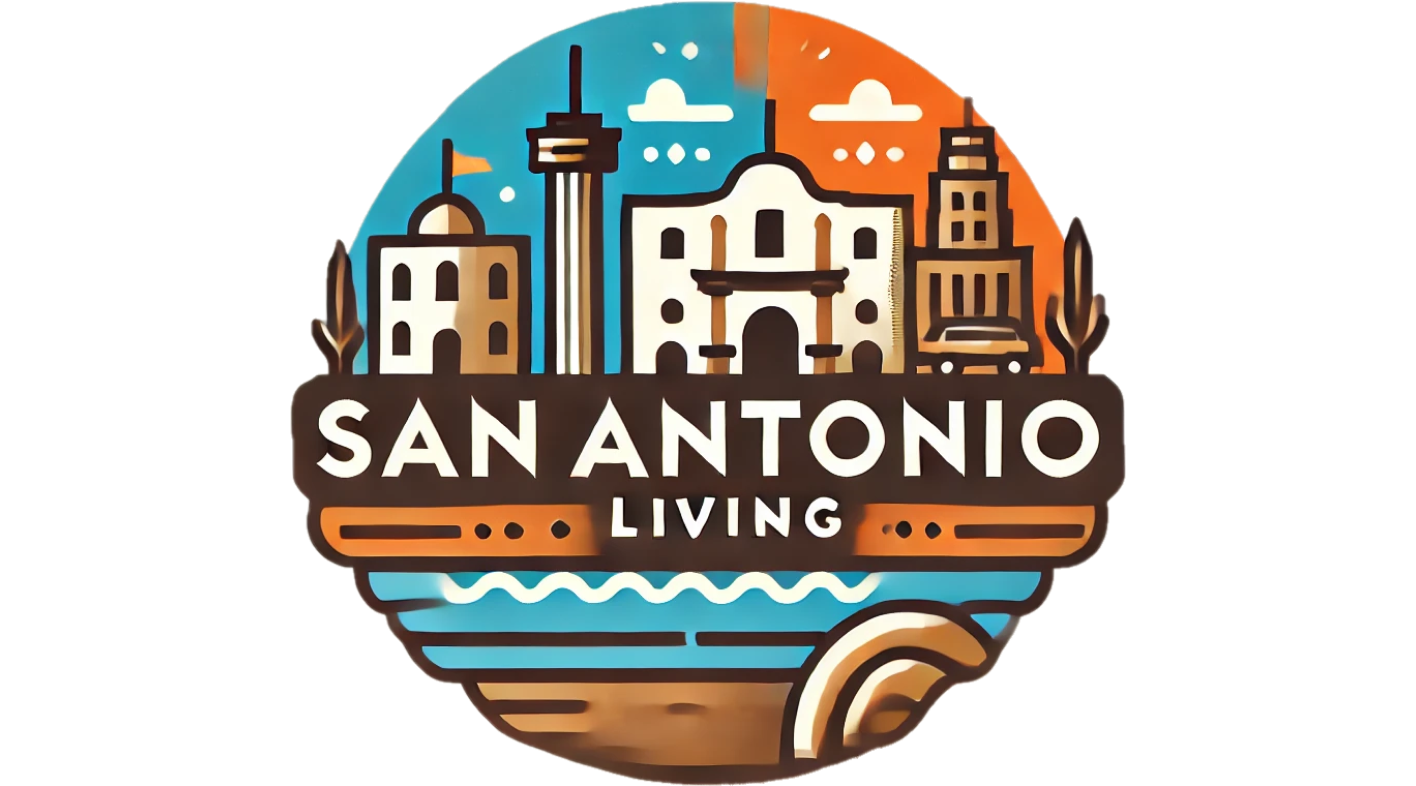
The Alamodome: A Pillar of San Antonio's Economic Landscape
As the dust settles on the recent discussions surrounding the UFL Brahmas and their impact on San Antonio, it is clear that the Alamodome has emerged from the shadows as an essential asset rather than a mere liability. The stadium, often a focal point for local debates regarding sports investments, has showcased its versatility and significance for the city's local economy.
A Historical Perspective on the Alamodome's Role
The Alamodome opened in 1993, designed to attract major events to San Antonio, including sports, concerts, and community gatherings. Initially met with skepticism about its financial viability, the venue has hosted everything from college football to NBA games, demonstrating its adaptability and importance in the San Antonio business scene. Over the years, it has become a hub for regional events, influencing the growth of local businesses.
Economic Contributions of the UFL Brahmas
The UFL Brahmas, while only a glimpse into the stadium's capabilities, have reinforced the Alamodome's status as a viable venue for professional sports. Their presence drew increased foot traffic, elevating local businesses and demonstrating the interconnectedness of sports and economic growth in San Antonio. Events at the Alamodome have not only entertained but also provided platforms for entrepreneurs, creating networking opportunities and bolstering the local economy.
Supporting Local Business Growth
As the Alamodome continues to host a variety of events, its role in promoting local businesses becomes even more pronounced. Small businesses, including restaurants, tech companies, and service providers, have seen an uptick in customers during major events. According to industry analyses, foot traffic increases significantly in areas surrounding the stadium on game days, which underscores the vitality of local entrepreneurs in capitalizing on these opportunities.
Future Predictions for Alamodome's Impact
With advancements in renovations and the introduction of modern amenities, the Alamodome is poised to enhance its role in San Antonio's economic landscape further. Predictions indicate that upcoming events and partnerships could position it as a central player in attracting more businesses and potentially tech startups to the area. The collaboration with the San Antonio Chamber of Commerce is paving the way for initiatives designed to support both established and emerging entrepreneurs.
Community Connection: Why This Matters
The conversation about the Alamodome transcends the realm of sports and taps into community identity and local pride. For residents, the stadium represents more than another venue; it is a symbol of San Antonio's growth, innovation, and resilience. As the landscape for small businesses in San Antonio evolves, venues like the Alamodome are integral in fostering community togetherness and economic partnerships.
Conclusion: The Value of Investing in Local Infrastructure
As we navigate the challenges of a post-pandemic world, understanding the value of local assets like the Alamodome emphasizes the importance of investing in community infrastructure. Supporting initiatives that promote local business growth not only enriches the local economy but also fosters a sense of belonging among residents. In a city that thrives on diversity and entrepreneurship, the narrative surrounding the Alamodome and UFL Brahmas serves as a reminder of the collaborative spirit that propels San Antonio forward.
 Add Element
Add Element  Add Row
Add Row 



Write A Comment